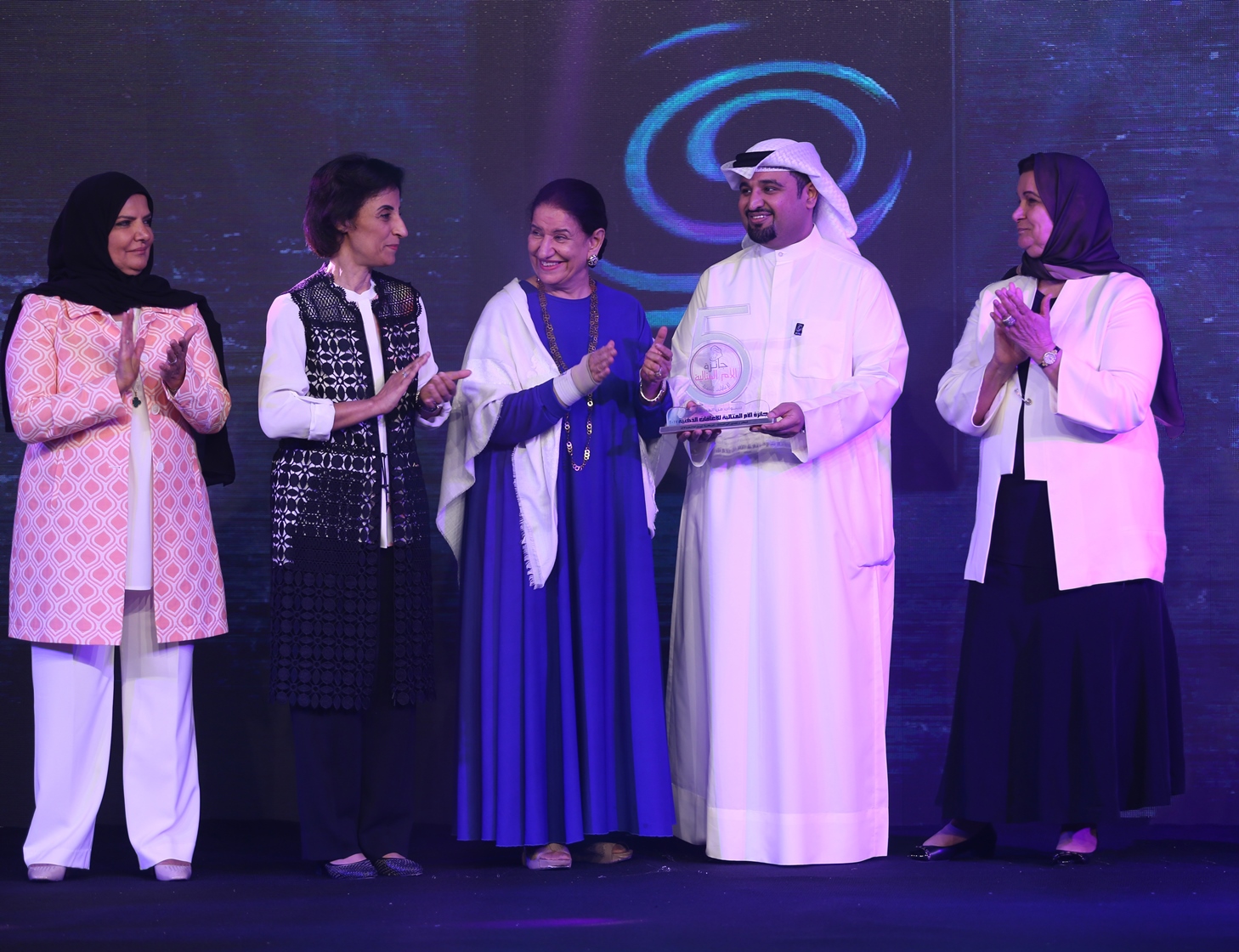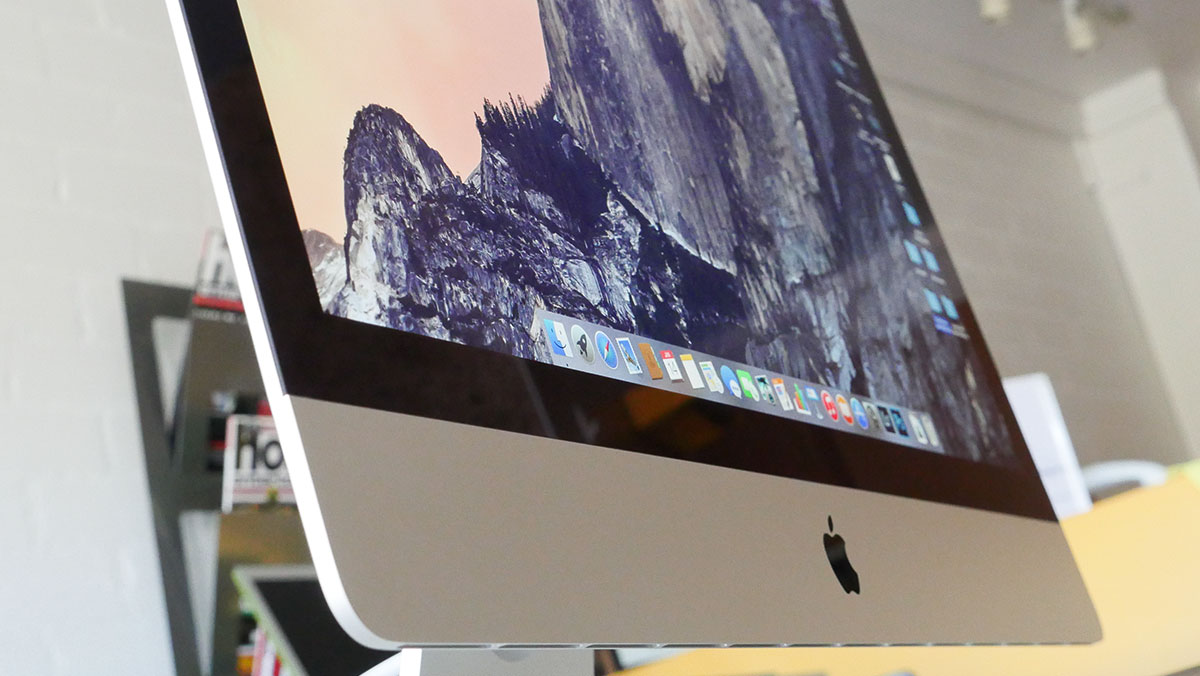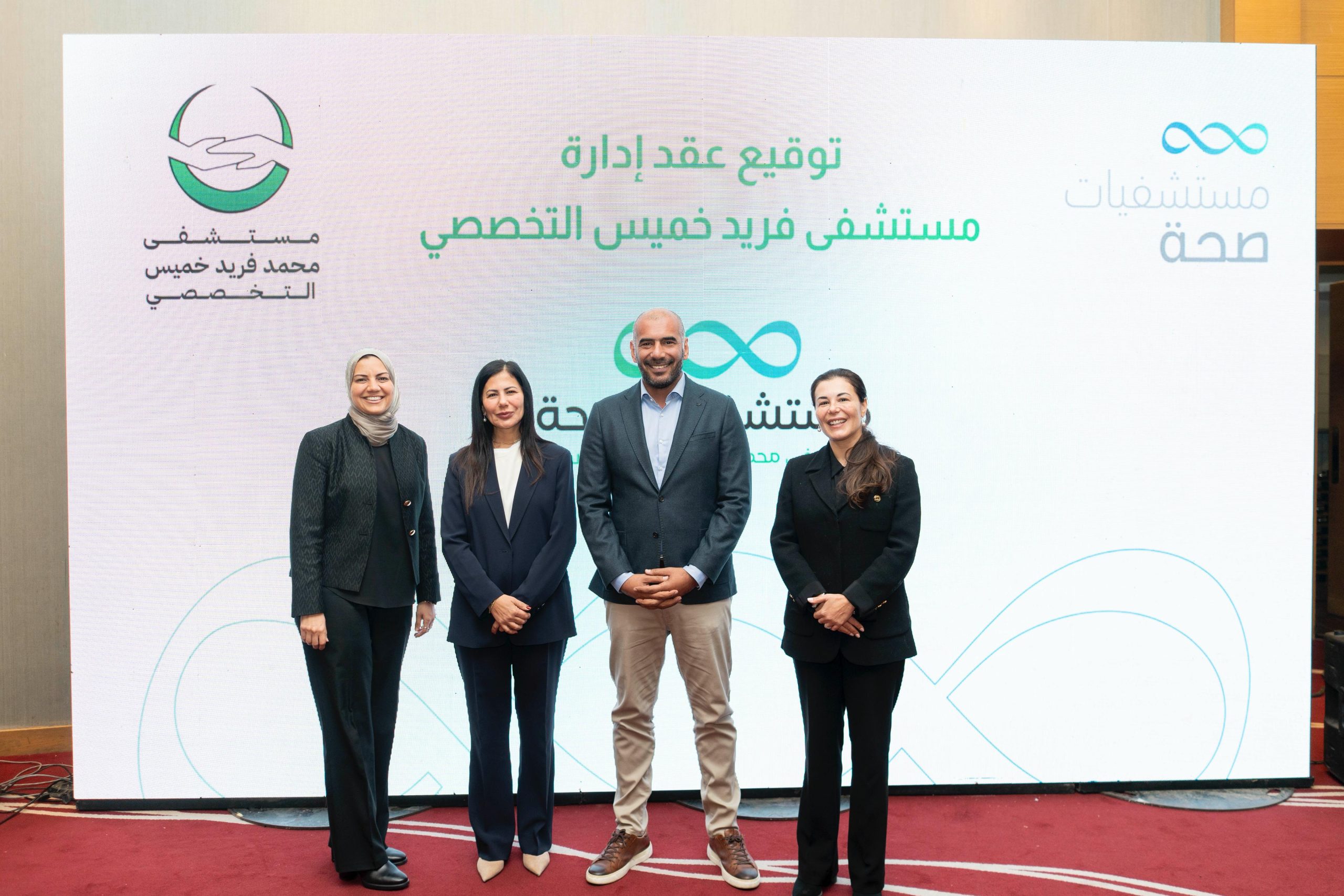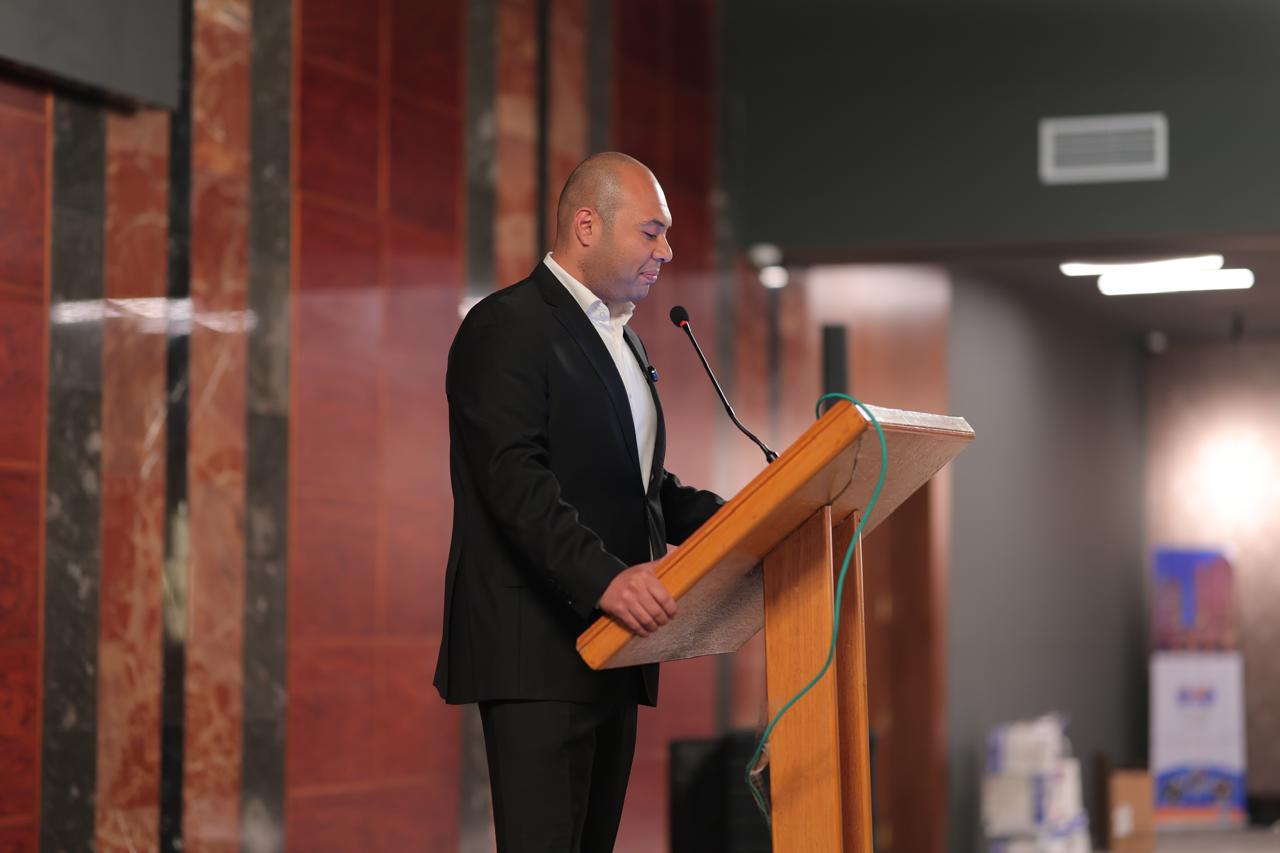Dubai – Masaader News
Dubai Press Club (DPC), in collaboration with Murdoch University in Dubai, today hosted a workshop for journalists on the tools and techniques of data visualisation. The session, held at Murdoch University, was designed to train media professionals in the UAE on how to build visuals from data sets and communicate data with clarity and creativity.
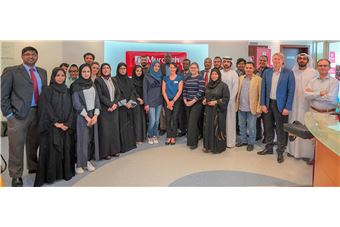
Led by Murdoch University journalism co-chair and lecturer Narelle Hopkin, the workshop explained how journalists can mine data to tell a story using interactive graphics, such as maps and timelines. The session also showed how journalists can think critically about the use of big data in journalism and familiarised them with popular data visualisation softwares.

Salem Belyouha, Acting Director of the Dubai Press Club (DPC), thanked Murdoch university for collaborating with DPC to host various specialised workshops on topics relevant to today’s rapidly changing media environment. “The ability to use data to tell a story quickly using maps, timelines or interactive graphics has become an essential skill for every web journalist. We at the Dubai Press Club are very keen on enhancing the creative skillsets and capabilities of media professionals by organising workshops and training sessions with leading media and technology organisations featuring qualified experts.”
Dr. James Trotter, Dean, Murdoch University Dubai said: “Murdoch University Dubai is honoured to work with the Dubai Press Club to organise this workshop on ‘Data Visualisation for Journalists’. We are pleased to continue our support for the Dubai Press Club as they prepare for next year’s programme to mark Dubai’s selection as ‘Capital of Arab Media for 2020’. We are committed to providing training for the advancement of the media industry in line with the vision of progress and tolerance by the UAE leadership. We have brought the Academic Chair of Journalism at our Perth campus to Dubai, so that we can provide this highly specialised educational experience in visualising data to empower story telling techniques for communication specialists and journalists.”
Data journalism isn’t particularly new, but journalists now have access to tools that make the job of visualising data much quicker and easier. Maps, for example, can be used to illustrate traffic accident hot-spots, restaurant health breaches or to illustrate crime, she said.
Hopkin also showed participants how to scrap and present data using Google Drive and MyMaps and how to use the Knightlab.com’s tool to build visually-rich interactive timelines.


